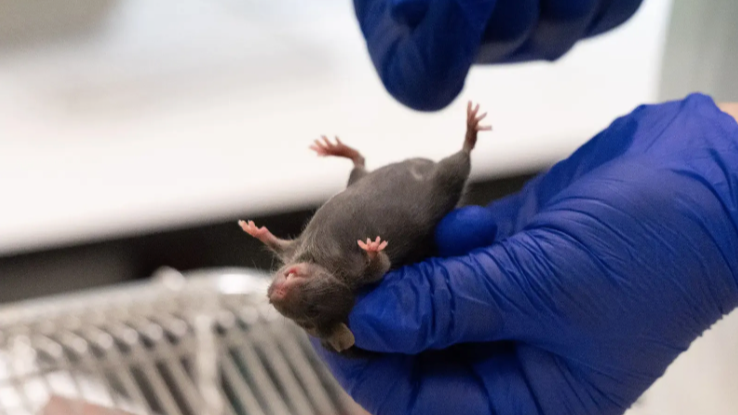From mice and monkeys to first-in-human: new cell therapy for diabetes type 1
- Inês Serrenho
- Aug 18
- 1 min read

A man with type 1 diabetes can now produce his own insulin after receiving a transplant of genetically edited pancreatic cells. The procedure, developed in Sweden and the US, was tested for the first time in a human, following earlier tests in mice and monkeys.
In type 1 diabetes, a life-long condition, the immune system destroys a type of pancreatic cells (islets) that make insulin. While regular injections of synthetic insulin can manage the disease, long-term control remains challenging. A new approach, donor islet cell transplants, has shown promise but requires lifelong immunosuppressive drugs to prevent the immune system from attacking the “foreign” cells.
Researchers from Sana Biotechnology, an US-based company, used CRISPR technology to genetically modify the pancreatic cells, removing the proteins that trigger the immune system to recognise and attack them.
The treatment was first tested in mice and monkeys, showing long-term post-transplant cell survival and sustained insulin production. Now it has been given to a 42-year-old man with long-standing type 1 diabetes, in a first-in-human study led by EARA member Uppsala University. Four months after the procedure, the gene-edited transplanted cells were still producing insulin without provoking an immune response or significant side effects. The patient will continue to be monitored to see if the cells survive and function long-term.
The study, published in the New England Journal of Medicine, represents a step towards a potential cure for type 1 diabetes.



